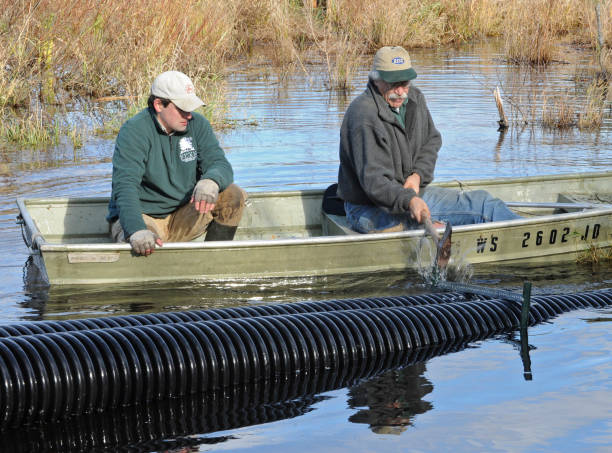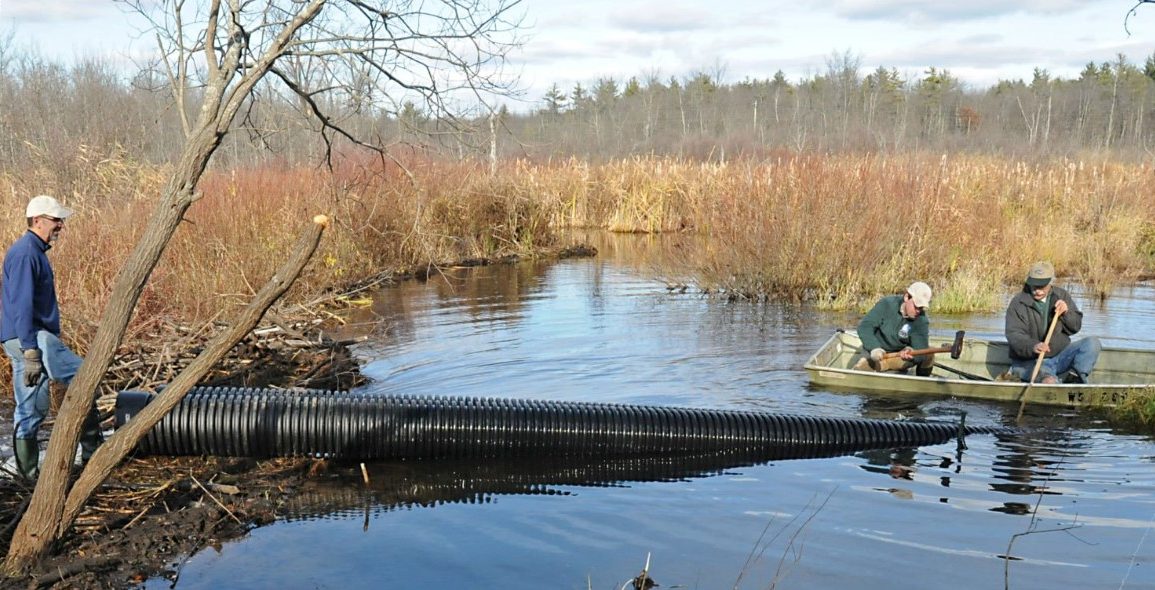In the serene countryside of East Devon, a hidden marvel is quietly reshaping the local environment. Nestled inconspicuously along a winding lane, a pile of logs, twigs, and leaves masks a significant ecological force—a beaver dam.
This unassuming structure, meticulously crafted by beavers, is more than just a pile of debris. It’s a testament to the powerful role these rodents play in nature.
Since their unexpected appearance in the Otter catchment in 2008, beavers have become integral to the area’s ecosystem.
A reintroduction trial by Devon Wildlife Trust in 2015 set the stage for their successful return, and by 2020, the beavers were officially welcomed to spread across other river systems. Today, they have established 20 family territories along the River Otter and its tributaries.

The impact of these industrious animals is profound. Beaver dams create wetlands that serve as crucial buffers against flooding.
Research by the University of Exeter highlights that these wetlands store over 24 million liters of water—equivalent to ten Olympic-sized swimming pools—and can reduce storm flows by an average of 30%. This natural flood prevention is just one of the benefits of beaver-created habitats, which also improve water quality and support diverse wildlife.
Despite their successes, the UK’s approach to beaver reintroduction remains inconsistent. The Wildlife Trusts advocate for immediate government action, calling for clear strategies and legal protections to support the beavers’ expansion.
In Wales, where legal protections are lacking, and in England, where government promises have yet to be fully realized, the push for effective beaver management continues.
Steve Hussey of the Devon Wildlife Trust captures the essence of this ecological phenomenon: “Our environment is used to being neat, but beavers bring a patchwork of habitats that are incredibly beneficial.” As we face climate and nature crises, embracing beavers as a natural ally could offer crucial solutions for a sustainable future.

